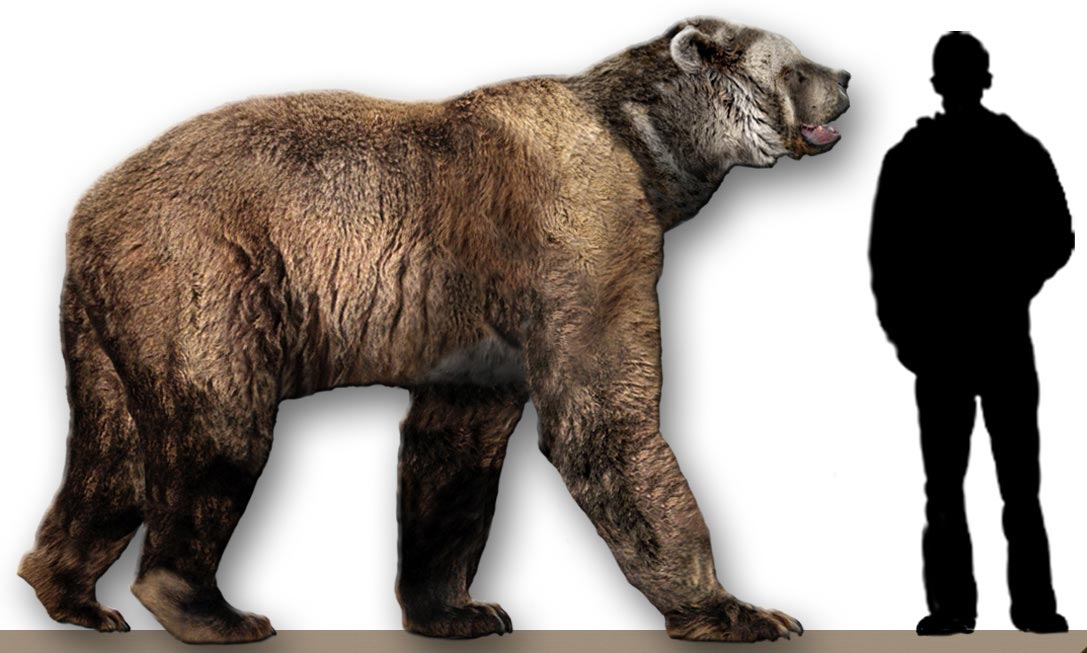
The California Channel Islands are renowned for their archaeological, biological, and paleontological significance and richness, containing some of the most important early human sites in North America.
Today, a team of researchers from the University of Oklahoma, the Smithsonian National Museum of Natural History, the University of Oregon, and others report the first occurrence of the extinct giant short-faced bear, Arctodus simus, from the California Channel Islands.
While this is not the first strange mammal to be found on the California Channel Islands, which was once home to a pygmy mammoth and a giant mouse, it is the first case of a potentially native megafaunal carnivore, which would challenge previous models of colonization and evolution of the islands’s biodiversity.
This little bone, excavated in 1996, was long assumed to be from a seal, but experts suggested that it was from a bear — the first and only bear ever recorded for California’s Channel Islands.
Two views of the short-faced bear toe recovered Daisy Cave, San Miguel Island, California Channel Islands (University of Oregon #514-6778).
Biogeographic problem-solving reveals the Late Pleistocene translocation of a short-faced bear to the California Channel Islands.
In 2016, the toe bone arrived at the Laboratories of Molecular Anthropology & Microbiome Research at the University of Oklahoma?
In parallel, the specimen was analyzed for ancient bone proteins (collagen) at the University of Manchester in the UK, producing chemical fingerprints that most closely matched a reference of the spectacled bear from South America — the only living relative of the short-faced bear.
Researchers were puzzled at first — what was a giant short-faced bear doing so far away from its known range on the California mainland.
If the bear died on the island, it might imply that a native population of short-faced bears swam to the islands and evolved over thousands of years alongside the pygmy mammoths.
“Southern California was packed with large carnivores 17,000 years ago, and it’s possible that the opportunistic use of marine resources helped short-faced bears survive some tough competition
Reference: “Biogeographic problem-solving reveals the Late Pleistocene translocation of a short-faced bear to the California Channel Islands” 16 September 2020, Scientific Reports
September 12, 2020
September 12, 2020
September 12, 2020
September 12, 2020
September 12, 2020
September 12, 2020
